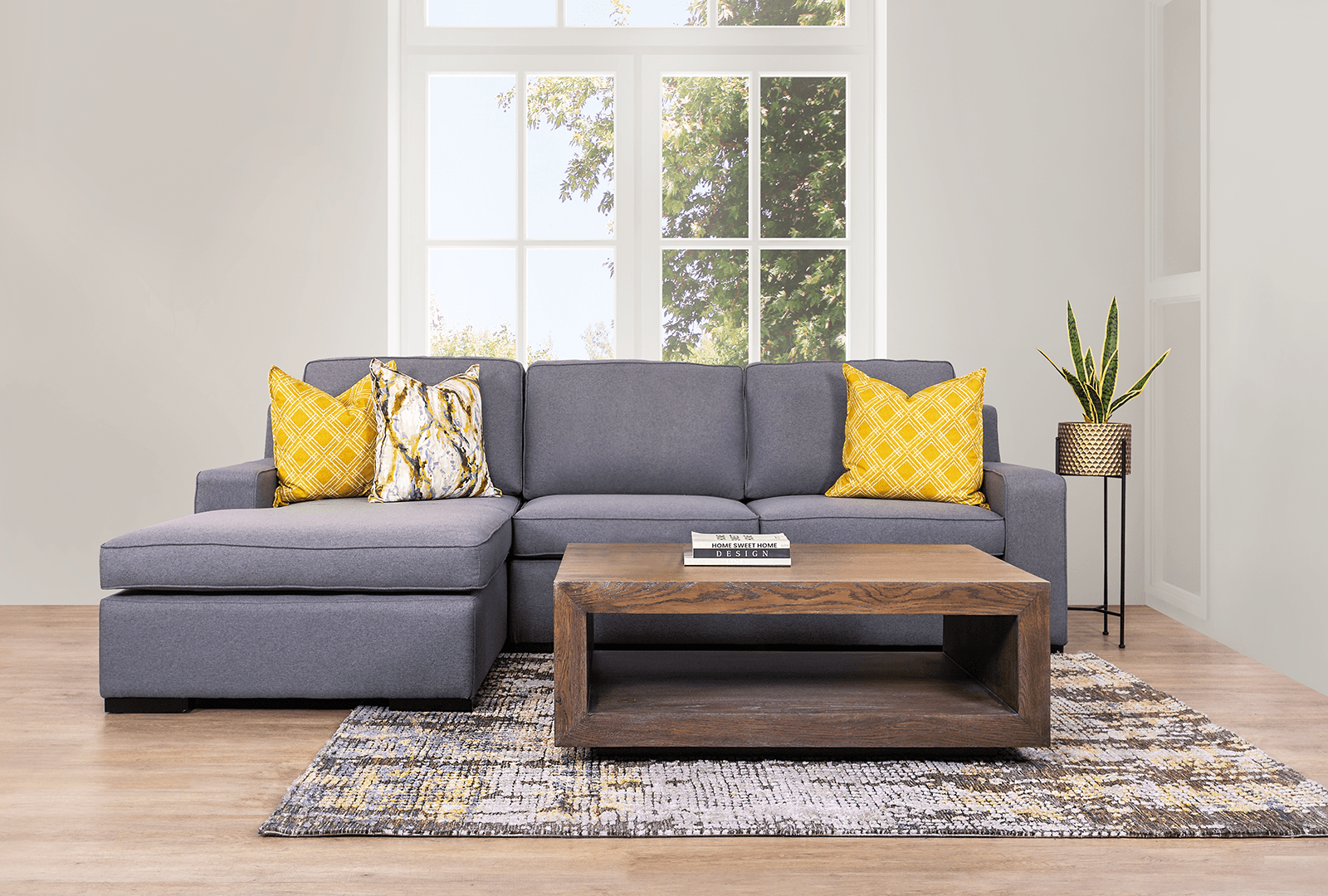Couches
Living
Decor
The link between therapy and couches
June 24, 2022 3 min read

Couches are known to be the most essential piece of furniture that one adds to their home. Without a couch, is your living room really a living room? Is it complete? Whilst couches in various shapes and colours are definitely a must for homes, is it a core piece for other places too?
A clear link between couches and therapy has been discovered. One of the first things that come to many people’s minds when therapy is suggested is a couch. This comes as the general depiction or possibly in jokes and popular culture, the therapist is seen as a silent figure who takes notes while the patient talks, lying on the couch.
The introduction of couches into therapy spaces was brought in by Sigmund Freud, who was an Austrian neurologist and the founder of psychoanalysis. In 1890, the couch was actually gifted to Freud by a grateful female patient. The couch was, in fact, not a couch, it was a Victorian daybed. However, the concept began to flourish since. Psychoanalysis is known to be a type of therapy that has been widely used for over decades to treat mental health issues such as depression and anxiety. It largely deals with the unconscious mind. Freud describes the traditional setting – patient lying on the couch and therapist sitting behind him – as the “foundation of the journey into the dynamic unconscious”.
Delving into the unconscious mind is a deep process that can be relatively tricky and tiring so the need for a comfortable seat does arise. The couch becomes a psychological space both literally and metaphorically. It creates the most subtle area of privacy for therapy to take place in a way that is useful and effective. The couch does somewhat become a “symbolic space” for therapy to occur.
When therapy is offered, people are meant to sit in a way that allows them to feel at ease. This directly contributes to how effective the process of treatment will be. The more “at ease” and comfortable an individual is, the more likely they are to feel safe enough to express their true emotions and the depths of the mind. Without concern for a physical discomfort that may hinder their thoughts and communication of those thoughts.
Therapists tend to lean towards chaise couches because it has adequate leg room that allows for ultimate comfort and relaxation of the entire body. Chaise couches like the Arizona Chaise are popular pieces in living rooms because of how stylish and equally convenient they are. However, as of recent, they seem to be filling up the rooms of therapists. The couch is available in many colours, but the classic stocked colour seems to be the one that will fit in within a therapy space. It gives a calm tone that automatically relaxes you.
Therapists have also found that the introduction of a chaise into the therapy session not only allows for the patient to find a safe, relaxed space, it also lets the therapist relax and tune into what the patient is saying. And if the patient chooses to lie down and close their eyes, this eliminates the pressure on the therapist and the patient. Being stared at and being expected to express your deepest emotions or to fully comprehend a certain situation can be quite daunting. The process of looking at each other can cause both the patient and therapist to become more self-conscious. So, the use of a couch in this scenario is extremely beneficial.
In therapy, a trusting, working relationship must be built between therapist and patient. The role of the couch is vital in this process and so we have come to find over the many years of therapy, that a couch is not just a couch, but a major contributor to how mental health can be treated.
